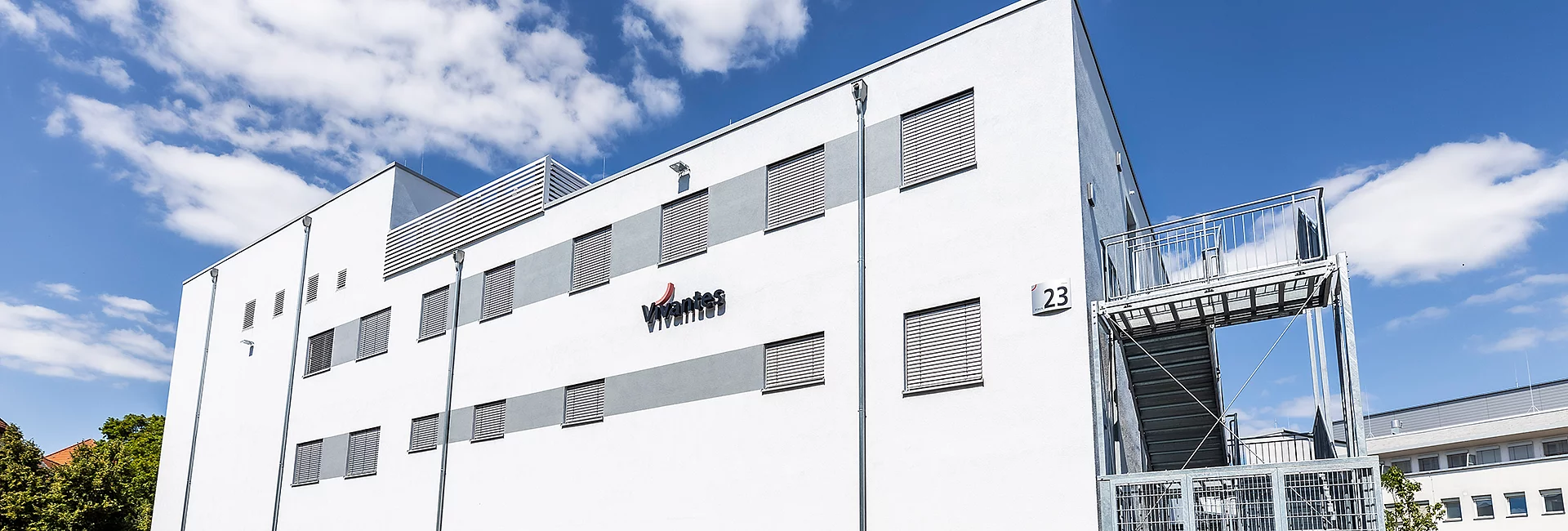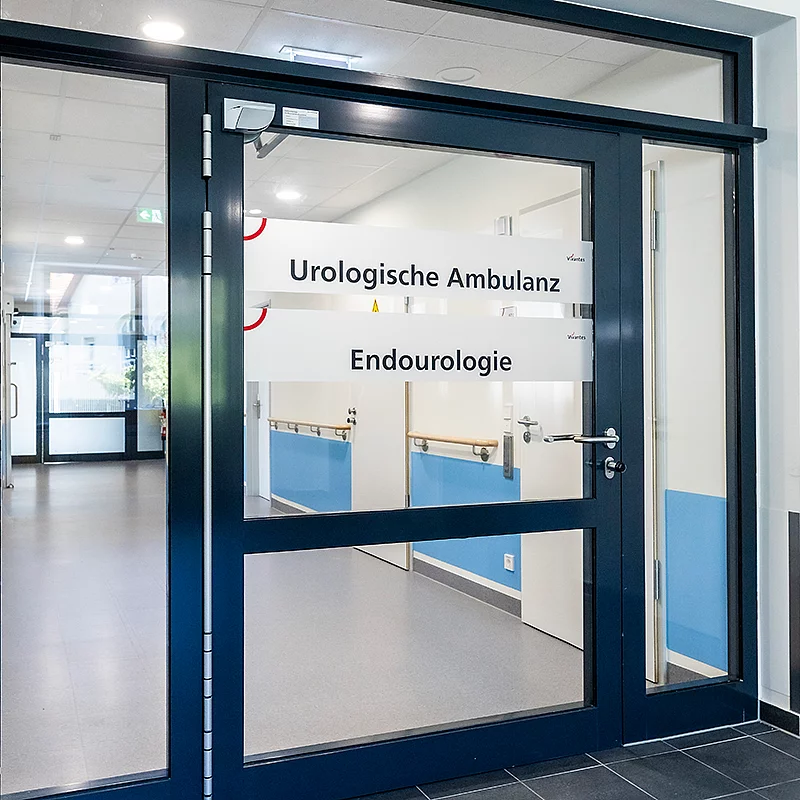Hospital reform: Structural responses to structural changes
The hospital reform, which came into force at the beginning of 2025 with the Hospital Care Improvement Act (KHVVG), will bring far-reaching changes for hospital operators. The aim of the reform is to future-proof inpatient care - through clearly defined service groups, new remuneration models and greater specialisation. For many hospitals, this means that remodelling, restructuring or extending existing buildings will be unavoidable. Implementation will be gradual: The federal states have until the end of 2026 to allocate the service groups for their hospitals. The transformation process will be supported by a state fund with a total volume of 50 billion euros, which will be available over ten years for investments in conversion, new construction or reorganisation.
The hospital reform is therefore not only a health policy project, but also an infrastructural one. It requires sustainable construction concepts that take equal account of specialisation, interdisciplinarity and regional security of supply.

